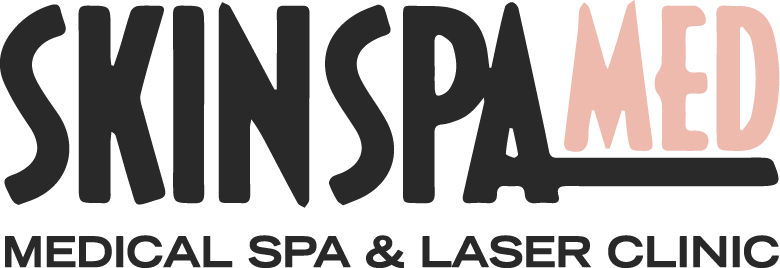The Difference Between Retin-A and Retinol
/As you age, fine lines and wrinkles begin to form and your skin loses its smoothness and elasticity. Years of sun exposure also cause changes in your complexion. Skincare companies and drug companies have released numerous products that contain derivatives of vitamin A with the promise of preventing and reversing these signs of aging. Two popular forms are retinol and Retin-A, the brand name for a form of retinoic acid. The two are often believed to be interchangeable, but the main difference is that retinol is eventually converted into retinoic acid.
Both are retinoids. They're both made from vitamin A and promote faster skin cell turnover. And they're some of the most proven, effective, and powerful options for treating skin issues ranging from acne to signs of aging.
Retinoids come in prescription form and in a range of over-the-counter products. Prescription-level retinoids fall into these groups:
Tretinoin, including the brands Atralin, Retin-A, Retin-A Micro, and Renova
Tazarotene, such as the brand Tazorac
Adapalene, such as the brand Differin
All three groups prevent the buildup of dead cells in the skin's pores and follicles, and all three promote the growth of healthy cells. Common side effects include dryness, redness, irritation, and skin peeling as well as making skin more sensitive to the sun.
Retinol
Retinol is a natural form of vitamin A, while Retin-A is derived from retinoic acid, a synthetic derivative of vitamin A, and considered pharmaceutical. Retinol is formed in the body by the hydrolysis of retinyl esters. It is the most common form of vitamin A used in over-the-counter skincare products, in concentrations of 0.075 to 1 percent. Manufacturers of these products suggest that retinol will help get rid of or improve the appearance of wrinkles. However, retinol does not have much direct effect on the skin, because it must first be converted by enzymes into retinoic acid. The conversion rate of retinol to retinoic acid is quite slow and varies among individuals.
Retin A
Retin-A is the brand name for tretinoin. Unlike retinol, Retin-A is only available by prescription. It is mainly prescribed as an acne treatment, at concentration levels ranging from 0.01 to 0.1 percent, depending on your skin type. Retin-A is much stronger than retinol, and also has a direct effect as a skin treatment. By providing a light chemical peel, Retin-A helps speed up the natural exfoliation process and enhance collagen production.
Clinical Studies
According to a review of clinical studies published in the November/December 2008 issue of "Clinics in Dermatology," Retin A must be used daily for at least three months to achieve maximum results. Within one month you will begin to notice improvement in the appearance and smoothness of your skin. Retinol does not appear to be as effective as Retin-A in improving signs of aging.
Side Effects
Before using a new skincare product, find out about its side effects, if any. Side effects of Retin-A include redness, peeling, dryness and flaking of the skin. The side effects associated with Retin-A are caused by its very strong effect on skin cell differentiation. Conversely, retinol has much milder effect on the skin, so adverse reactions are rare. Retinol has been suggested as a good alternative for those with sensitive skin.



